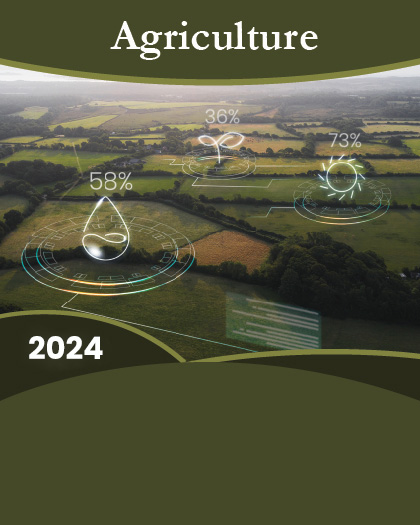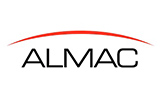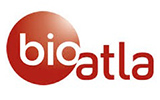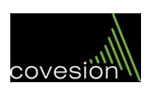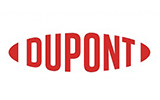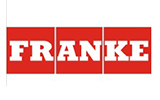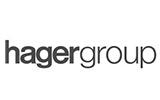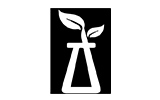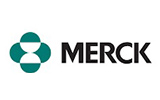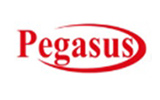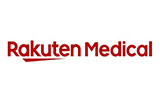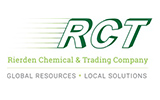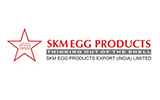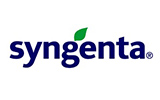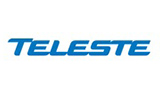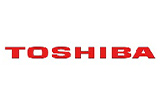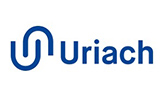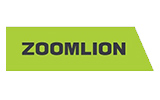1. Research Framework
1.1. Research Objective
1.2. Product Overview
1.3. Market Segmentation
2. Executive Summary
3. United States Agricultural Equipment Market Insights
3.1. Industry Value Chain Analysis
3.2. DROC Analysis
3.2.1. Growth Drivers
3.2.1.1. Integration of GPS, AI, IoT, and precision farming technologies
3.2.1.2. Increasing mechanization in farming
3.2.1.3. Rising demand for food production
3.2.2. Restraints
3.2.2.1. High initial costs
3.2.2.2. Environmental concerns
3.2.2.3. Limited access to financing
3.2.3. Opportunities
3.2.3.1. Expansion of precision agriculture, drone technology, and robotics
3.2.3.2. Development of electric and hybrid agricultural equipment
3.2.3.3. Increasing popularity of machinery rental and leasing among small-scale farmers
3.2.4. Challenges
3.2.4.1. Lack of technical knowledge and low affordability
3.2.4.2. Unpredictable weather patterns affect farming cycles
3.3. Technological Advancements/Recent Developments
3.4. Regulatory Framework
3.5. Porter's Five Forces Analysis
3.5.1. Bargaining Power of Suppliers
3.5.2. Bargaining Power of Buyers
3.5.3. Threat of New Entrants
3.5.4. Threat of Substitutes
3.5.5. Intensity of Rivalry
4. United States Agricultural Equipment Market: Marketing Strategies
5. United States Agricultural Equipment Market Overview
5.1. Market Size & Forecast, 2025-2033
5.1.1. By Value (USD Billion)
5.2. Market Share & Forecast
5.2.1. By Equipment Type
5.2.1.1. Tractors
5.2.1.2. Harvesting Equipment
5.2.1.3. Planting & Fertilizing Equipment
5.2.1.4. Irrigation Equipment
5.2.1.5. Plowing & Cultivating Equipment
5.2.1.6. Hay & Forage Equipment
5.2.1.7. Others (Sprayers, Drones, Precision Agriculture Equipment)
5.2.2. By Application
5.2.2.1. Land Development & Seed Bed Preparation
5.2.2.2. Sowing & Planting
5.2.2.3. Weed Cultivation
5.2.2.4. Plant Protection
5.2.2.5. Harvesting & Threshing
5.2.2.6. Post-harvest & Agro-processing
6. Competitive Landscape
6.1. List of Key Players and Their Offerings
6.2. United States Agricultural Equipment Company Market Share Analysis, 2023
6.3. Competitive Benchmarking, By Operating Parameters
6.4. Key Strategic Developments (Mergers, Acquisitions, Partnerships)
7. Impact of Escalating Geopolitical Tensions on United States Agricultural Equipment Market
8. Company Profiles (Company Overview, Financial Matrix, Competitive Landscape, Key Personnel, Key Competitors, Contact Address, Strategic Outlook, and SWOT Analysis)
8.1. Deere and Company
8.2. CNH Industrial
8.3. Mahindra Agriculture North America
8.4. AGCO Corporation
8.5. KUBOTA Corporation
8.6. Farmtrac Tractor Europe
8.7. Deutz-Fahr
8.8. Claas KGaA mbH
8.9. Kuhn Group Inc.
8.10. Kverneland Group
8.11. Other Prominent Players
9. Key Strategic Recommendations
10. Research Methodology
10.1. Qualitative Research
10.1.1. Primary & Secondary Research
10.2. Quantitative Research
10.3. Market Breakdown & Data Triangulation
10.3.1. Secondary Research
10.3.2. Primary Research
10.4. Breakdown of Primary Research Respondents
10.5. Assumptions & Limitations
*Financial information of non-listed companies can be provided as per availability.
**The segmentation and the companies are subject to modifications based on in-depth secondary research for the final deliverable

